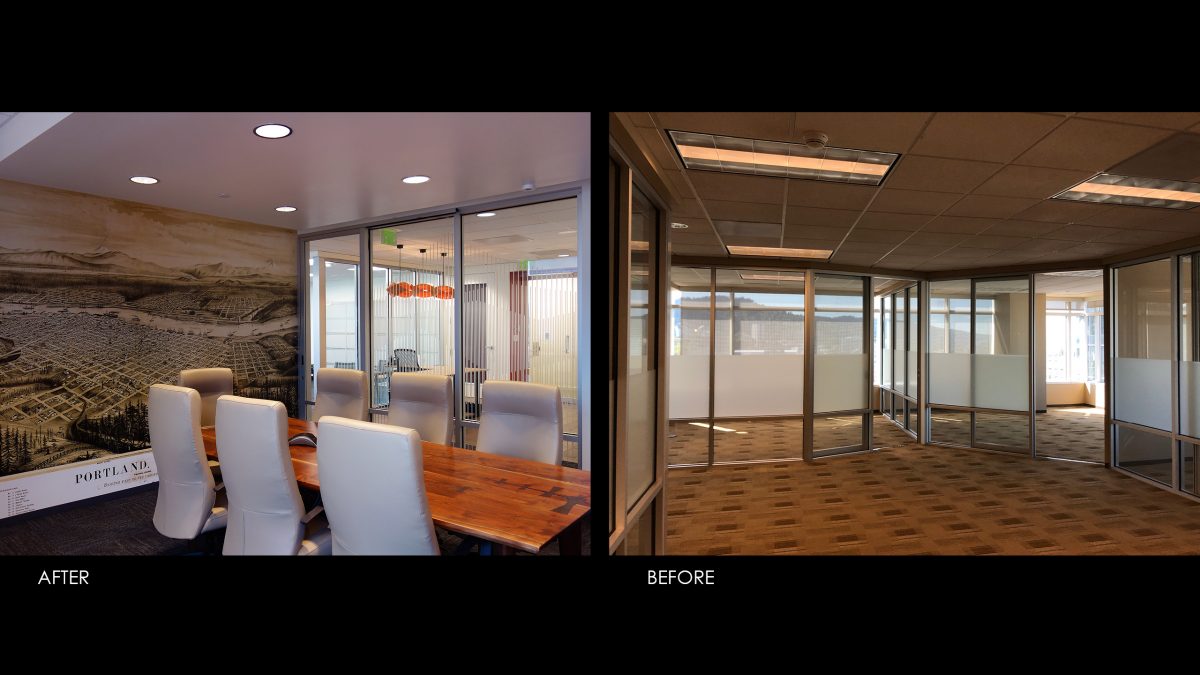Every year thousands of new condominium projects are created, either as new construction or by converting existing apartment buildings. It’s not so often that condominiums are terminated, in fact, hardly ever. If the owners of the Champlain Towers South units in Surfside, Florida terminate their condominium now that the building is no longer standing, eventually the association will have to divide among its members whatever money remains after the lawsuits are resolved and the real estate is sold to the next developer.
At that point the owners of the higher units will encounter a quirk in condominium law that, because so few condominiums have been terminated, has rarely if ever been tested.
The declaration that creates a condominium must state how the condominium owners’ association (the COA) will allocate dues and assessments among the owners. If the units are all about the same size, the declaration might state that each unit will be assessed an equal share of dues and assessments. If the units vary in size, the declaration will usually state that dues and assessments will be allocated in proportion to unit area. The owner of a 1500 SF unit will pay twice what the owner of a 750 SF unit pays. The declaration will state that the owners’ interest in the land and common elements follows the same proportions. If the building has 100,000 SF of floor area in the units and you own a 1000 SF unit, you pay 1% of the dues and assessments and you own a 1% interest in the land and the common elements.
This system is unlike property tax collection, where you are assessed in proportion to unit value. The more your unit is worth, the more tax you pay. Units on higher floors with better views are worth more than units on lower floors with limited or no views. In one 25-floor condominium tower near my office, all but two of the units are exactly the same size, but the ones near the top are worth 50% more than the ones near street level.
Assessing dues in proportion to unit area makes sense for operating expenses. Larger units use more utility service and place more burden on the common elements.
The quirk that Champlain Towers South is about to demonstrate is that condominium declarations usually state that if the condominium is terminated, then the assets of the COA will be allocated among the owners in the same proportion as dues are assessed. If you owned a 1000 SF unit in the 100,000 SF condominium, you will get 1% of the remaining cash when the condominium is terminated and the COA is liquidated – whether your unit had enjoyed a glorious view from the 20th floor or looked out over the Dumpsters from the second floor.
What does this mean for the unit owners in a terminated condominium?
Let’s build a model condominium project. To keep things simple imagine that the condominium has ten floors, each with ten units. The units are all the same size, so each of the 100 units pays 1% of the dues and assessments and is entitled to 1% of the proceeds if the condominium is terminated. Also to keep things simple, let’s place our condominium where the high floors enjoy a great view, the middle floors have some view, and the lower floors have no view. The 30 lowest units are worth $400,000 each, the 40 middle units are worth $500,000 each, and the 30 highest units are worth $600,000 each, for a total project value of $50 million and an average unit value of $500,000.
Disaster strikes and the building is destroyed. Let’s assume that the building is fully insured, which is not always the case. The owners terminate the condominium, collect the insurance proceeds on the structure, and sell the land. The association receives exactly $50 million, distributes $500,000 to each owner, and shuts down.
The owners of the lower units are happy and the owners of the middle units are content. The owners of the upper units are left short – and those among them who recently bought their units may be leaving their lenders short also. A new owner who borrowed 90% of the purchase price will have to pass the $500,000 on to the lender and will still owe $40,000, secured by a dwelling that no longer exists.
The Champlain Towers South disaster may add one item to a lender’s checklist. Not only will the lender want to know how much the unit will sell for if the lender has to foreclose, but also whether under the condominium declaration and the COA’s insurance policy the lender will be made whole if the building is destroyed.


